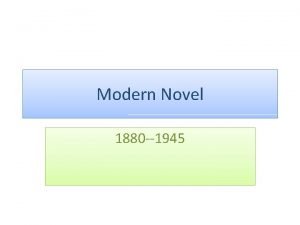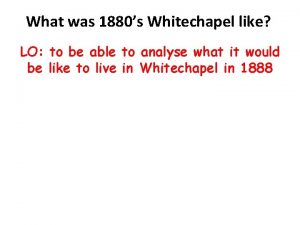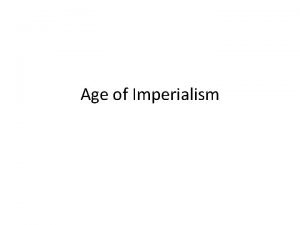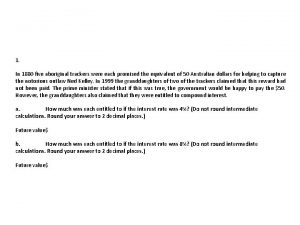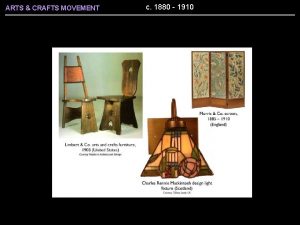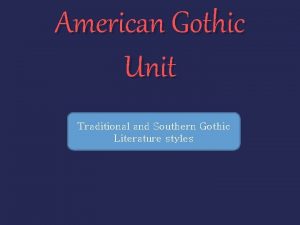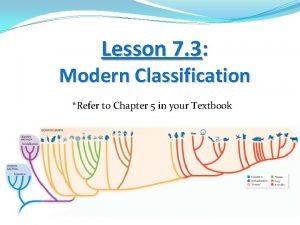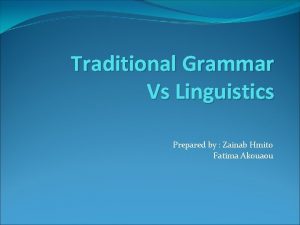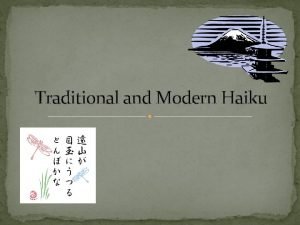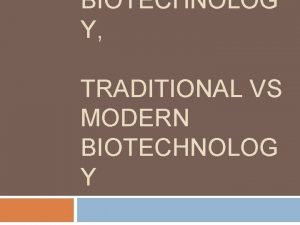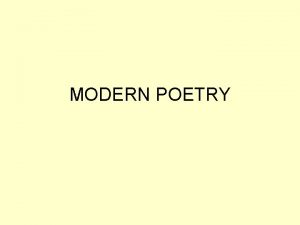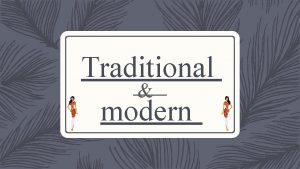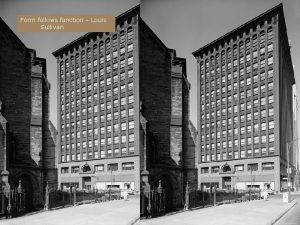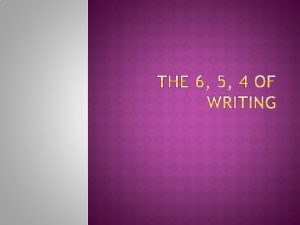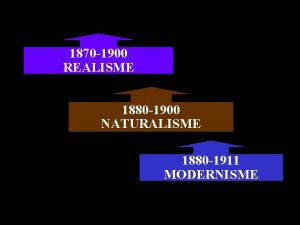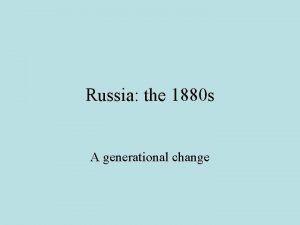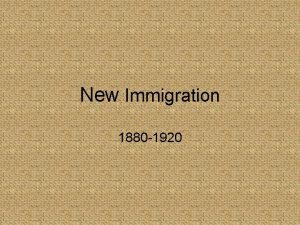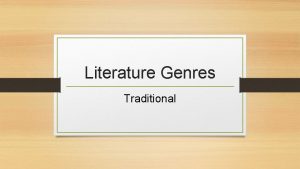Modern Novel 1880 1945 Traditional Novel follows the













- Slides: 13

Modern Novel 1880 --1945

Traditional Novel • • follows the pyramid of exposition, initial incident, rising action, climax, falling action and resolution,

Modernity Paradigm shift away From agriculture Religion Monarchy village and town low population natural human to to industry, science, democracy, city, crowded populations, artificial, machine etc.

The Modern Novel The modern novel recognizes and records these changes brought about resultantly in the human psyche and society.

Modernism • Modernism” designates an international artistic movement, flourishing from the 1880 s to the end of WW II (1945), known for radical experimentation and rejection of the old order of civilization and 19 th century optimism; a reaction against Realism and Naturalism • “Modern” implies historical discontinuity, a sense of alienation, loss and despair – angst -- a loss of confidence that there exists a reliable, knowable ground of value and identity. • Horrors of WW I (1914 -1918)

The Modern Novel: Main features • Realism, not idealism • Psychological analysis of characters due to the influence of Freud. • Subjectivity and individualism of the writer.

Social and Cultural context. The two World Wars and colonialism. The rise of science. The loss of faith or the individualization of faith. The theory of evolution and Darwinism. The appearance of psychology as a new discipline and psychological analysis or Freudianism. • The rise of Marxism and fascisms. • • •

Themes The modern scientific discoveries, the new technologies, the social and political ideologies, the ideas and the beliefs, and people’s different conceptions about themselves and about the universe at large find their way into the modern novels.

CHARACTERISTICS OF THE MODERN NOVEL q Realistic. presenting a frank image of the world and all aspects of the human experience. But the modern novel abandons the realism of the nineteenth century, in which only the sordid aspects of life are depicted. q More subjective, presenting the world from the perspective of the individual character, reflecting his or her biases or distorted vision. A relativistic perception of reality replaces the objective views of the whole community. q Relative Morality

q. Psychological. Tends to reveal the hidden inner motives behind people’s actions—Sigmund Freud, emphasis on interior characterization, and on the motives, circumstances, and internal action which springs from, and develops, external action. q. Pessimistic. The impact of the two world wars—a deep sense of pessimism replaced the nineteenth-century optimism. q. Symbolical.

q. Unconventional plots. A break with the linear, developmental, causeand-effect presentation of the 'reality‘ and with the chronological order of the plot mark a large number of modern novels. Objective treatment of themes, rather than didactic. Experimental narrative and use of language. q. The stream of consciousness – the character’s jumbled flow of perceptions, memories and feelings.


Stream of Consciousness • • • James Joyce 1882 -1941 The Dubliners Portrait of an Artist Ulysses Finnegan’s Wake Narration that mimics the ebb and flow of thoughts of the waking mind Uninhibited by grammar, syntax or logical transitions A mixture of all levels of awareness – sensations, thoughts, memories, associations, reflections Emphasis on how something is perceived rather than on what is perceived James Joyce, Dorothy Richardson, Virginia Woolf, Thomas Wolfe, William Faulkner Virginia Woolf 1882 -1941 To the Light. House The Waves Mrs. Dalloway Orlando
 Main theme traditional novel
Main theme traditional novel Whitechapel 1880s
Whitechapel 1880s Why did western nations desire lands in the pacific rim?
Why did western nations desire lands in the pacific rim? Johnny's lunches is considering purchasing a new
Johnny's lunches is considering purchasing a new Arts and crafts movement 1880 to 1910
Arts and crafts movement 1880 to 1910 Kā linu druva sāka ziedēt
Kā linu druva sāka ziedēt American gothic characteristics
American gothic characteristics Traditional linguistics and modern linguistics
Traditional linguistics and modern linguistics Traditional classification vs modern classification
Traditional classification vs modern classification Advantages and disadvantages of traditional grammar
Advantages and disadvantages of traditional grammar Traditional project management vs modern project management
Traditional project management vs modern project management Modern haiku poems
Modern haiku poems Traditional and modern biotechnology
Traditional and modern biotechnology Experimentation in modern poetry
Experimentation in modern poetry
